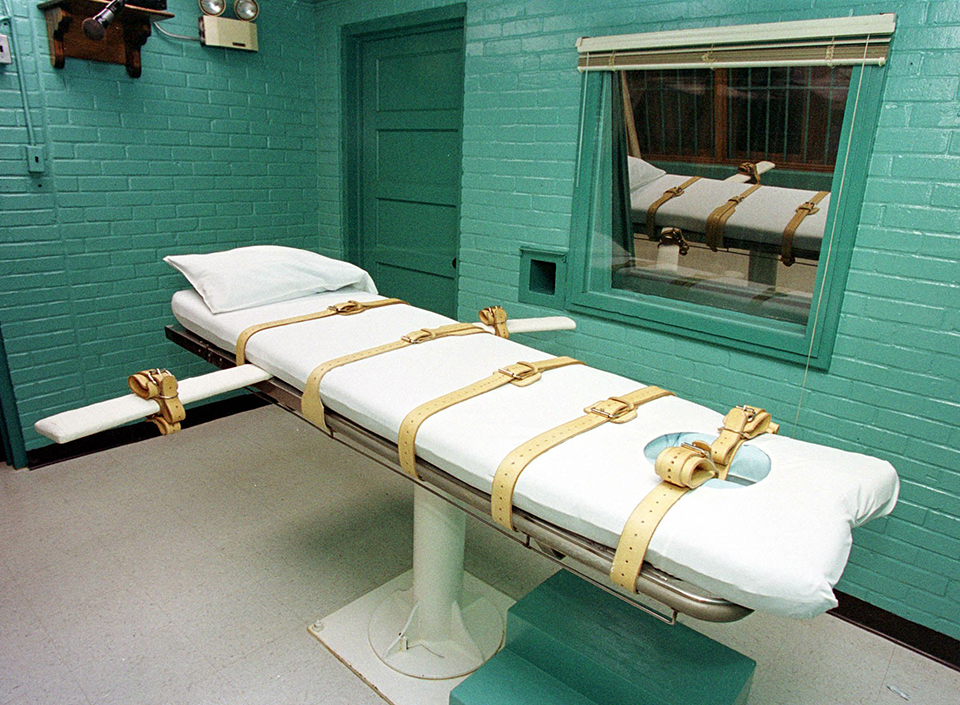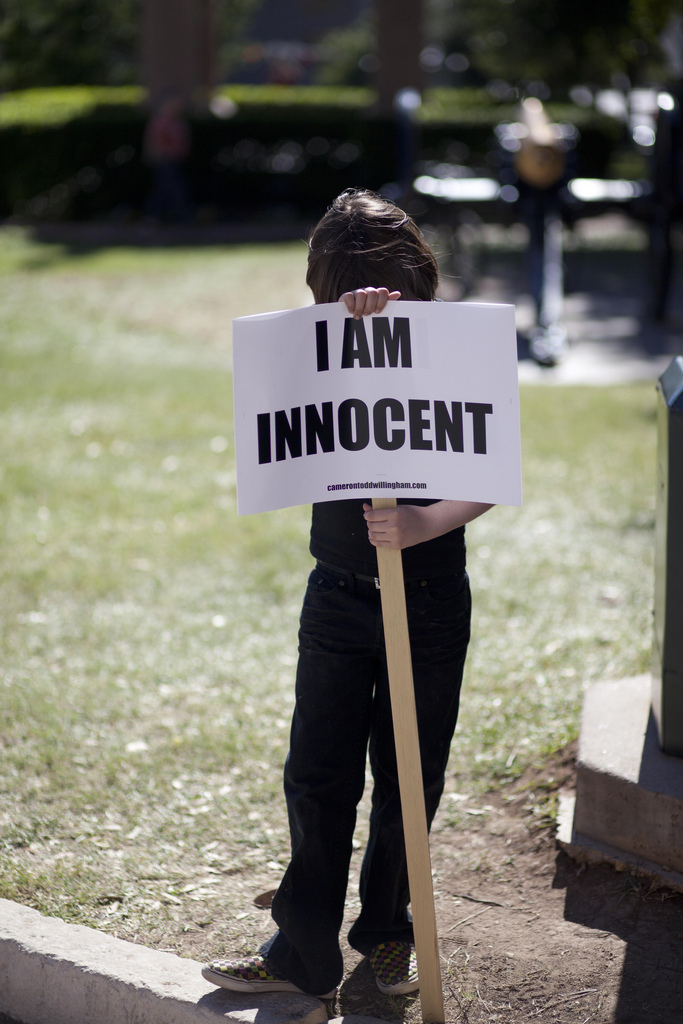This week in New Yorker magazine, David Grann writes about a possible case of wrongful execution.
Grann will be answering questions in a live chat on Wednesday, September 2nd, at 3 P.M. E.T.
Submit advance questions for Grann, sign up for an e-mail reminder below, and come back Wednesday to join the discussion.











